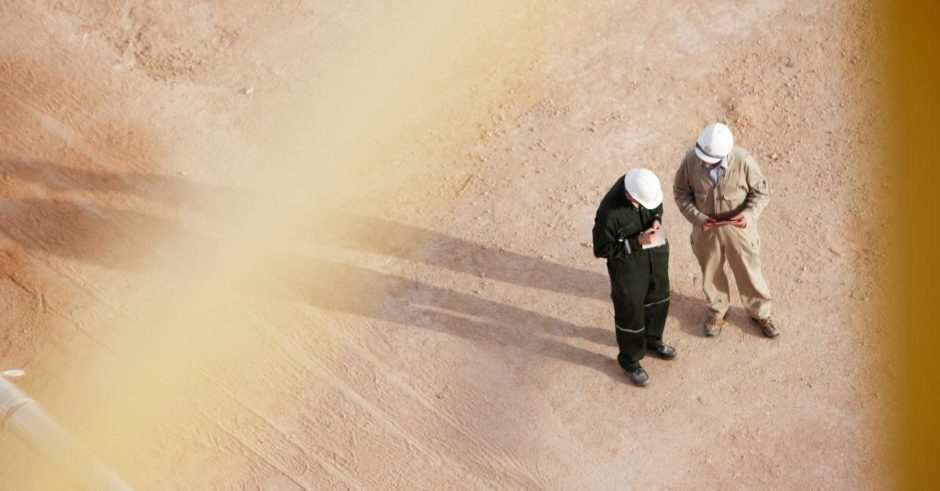
Spending on the energy sector in the Middle East and North Africa could reach $879 billion over the next five years, according to Apicorp.
This is up 9% from the $805bn planned in 2021.
Committed projects make up around 30% of this amount, while the remaining 70% is in the planning stage. In the Gulf Co-operation Council (GCC) the amount of money committed rises to 45%.
The total committed amount is $352bn over the five year period to 2026, up from $308bn last year. The share directed at oil projects has fallen to 33% of the total, from 42%, while gas has increased slightly to 29% from 24%. Petrochemical spending has more than doubled, from 4% to 9%.
Spending on oil and gas in 2020 and 2021 were the lowest in a decade. Investment has not reached 2019 levels. Meanwhile, production from existing fields will decline at 8% per year, according to the International Energy Agency (IEA).
Gas plans are driven by megaprojects, such as Qatar’s North Field East (NFE) and Saudi Arabia’s Jafurah. The United Arab Emirates new nuclear power plant is freeing up gas volumes for export. As such, it is working on a new planned LNG terminal at Fujairah.
Apicorp predicted oil prices would see sharp volatility and then stabilise around $100 per barrel. Asian and European gas prices will cool somewhat in the short term before starting to rise again into winter.
Global gas markets will be “squeezed” until 2026, the report said. It went on to note European vulnerability amidst an unwillingness to enter into long-term gas deals “putting it into a vulnerable position towards existing Russian supply”.
Asian companies, with long-term agreements, “are now at an advantage as they are protected from the ongoing unreasonable surge in prices”.
